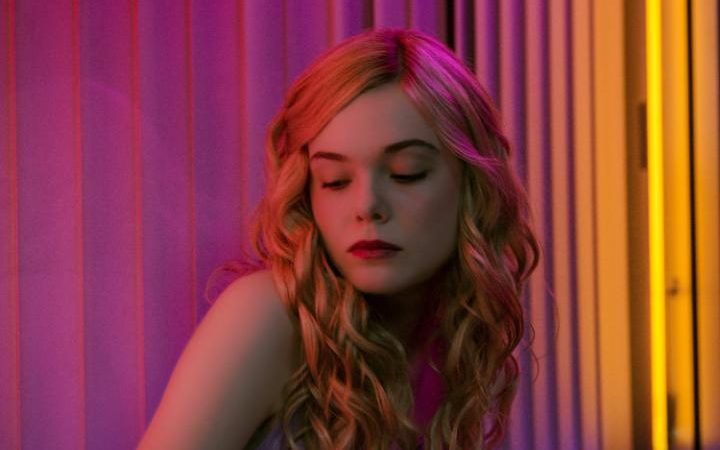
From masterpieces to obscure splatter films, the horror genre has always preyed upon the weaknesses of the human mind. Whether it’s the monster under the bed or the monster next door, most horror films share a common currency: fear and its more popular form of exchange, anxiety.
However, there are certain titles that manage to refine this formula and, instead of relying only on supernatural antagonists and murderous maniacs, follow the more intricate paths of psychology and psychiatry.
The list next contains a series of recent films that manage to trade their characters’ psychological and sometimes physical wellness for a copious amount of fear. While these movies might feature their own dose of supernatural, the classical horror recipe is not their strong point. Also, most of these productions will cast doubt either on their characters’ sanity or the viewer’s.
We went for titles that came out during the past three years and intentionally left out the classics, including Stanley Kubrick’s The Shining and highlights from the 2000’s such as Identity or Frailty. Also note that this list does not contain any actual plot spoilers, but it might “spoil” the thrills you’d eventually get from discovering some of these movies’ key characters.
1. The Babadook (2014)

This 2014 festival favorite has a lot going on for it in just 90 minutes of running time. Depression, panic, disability, and the complex facets of maternity mingle with a dark, suffocating presence. The movie’s plot is fairly simple, as it is centered on the everyday life of a single mother and her socially awkward son.
This routine is inevitably disturbed by the apparition of a mysterious children’s book. Such an intrigue would generally trigger a derivative “evil object” horror film, but Jennifer Kent’s directorial debut offers us an unsettling and truly satisfying mix, especially since it builds its characters up flawlessly. While not the most recent release, The Babadook is truly a benchmark for psychological horror.
2. It Follows (2015)
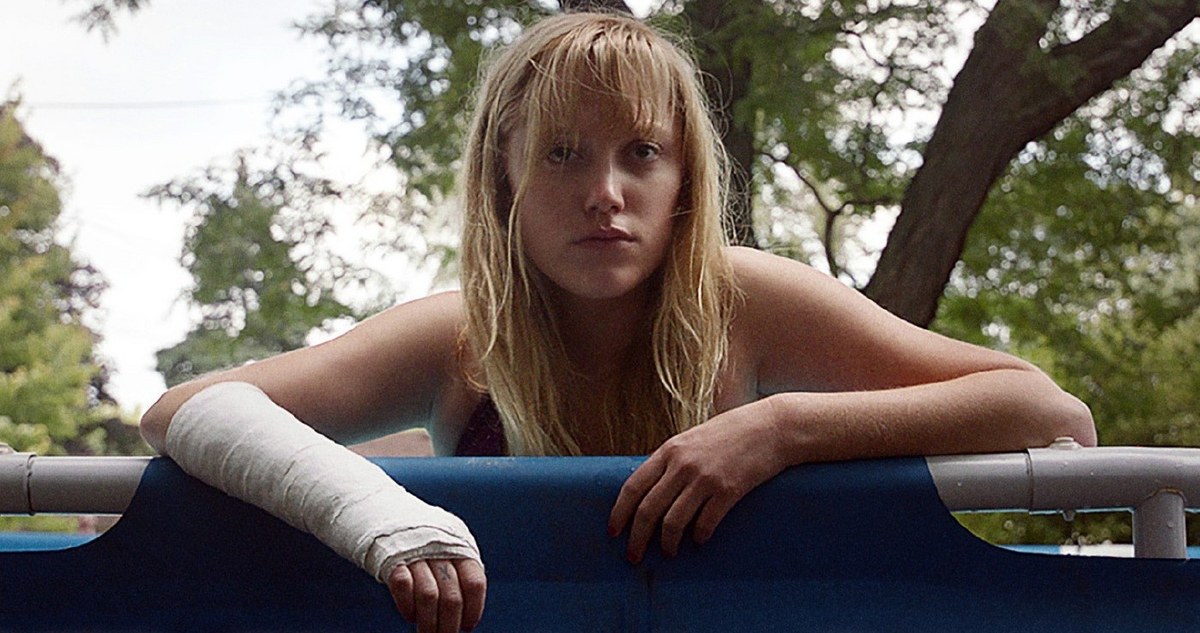
Another festival darling, It Follows does not feature a single psychological or physiological illness, but stands as a metaphor for a series of more “earthly” afflictions.
The movie plays upon sexuality, alienation, and obsession, while its characters, a group of teenagers, get hunted by an unnamed enemy. An enemy that does scream or go on a rampage, but simply takes multiple appearances, while it slowly approaches its target.
And speaking of appearances, It Follows was one of the few movies that started a debate about the Capgras delusion, or the sensation that people around you have been replaced by identically looking impostors. Delusional or not, you’ll find it hard to name a movie with an identical approach.
3. The Neon Demon (2016) & Starry Eyes (2014)
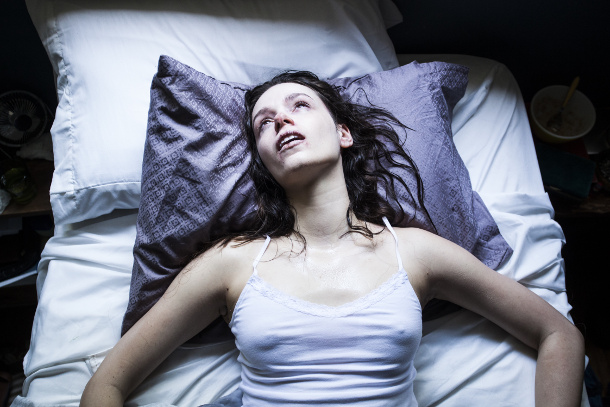
The reason we’ve put these two Hollywood centered pieces under the same entry is that they tackle the same afflictions. Both movies approach the effects of a narcissistic personality disorder coupled with insecurity, obsession, and a relentless, soul devouring pursuit of fame. Surely, the two films are stylistically different, with Nicolas Winding’s demon going for a more surreal approach while the independent Starry Eyes is slightly more direct in its Gothic vision.
However, both films cover the struggles of young, aspiring models (The Neon Demon) or actresses (Starry Eyes) which culminate in tragedies that border on the supernatural. Although many voices claimed these movies draw their inspiration from the David Lynch classic Mulholland Drive, both of them can surely hold their own.
4. Lights Out (2016)

Like several other films from this list, Lights Out delves into the supernatural. However, in this particular case, the ordeal of a widow, her young son, and her estranged daughter is far more powerful than the “dark turnover” the movie eventually takes.
The aforementioned mother seems to suffer from a series of illnesses, from anxiety to paranoid delusions, thus bringing the movie closer to The Babadook territory. However, instead of keeping his creation confined within the dark playgrounds of the mind, David Sandberg’s latest release makes use of a series of worn-out tricks, thus opening the film to a wider audience.
5. Under the Shadow (2016)
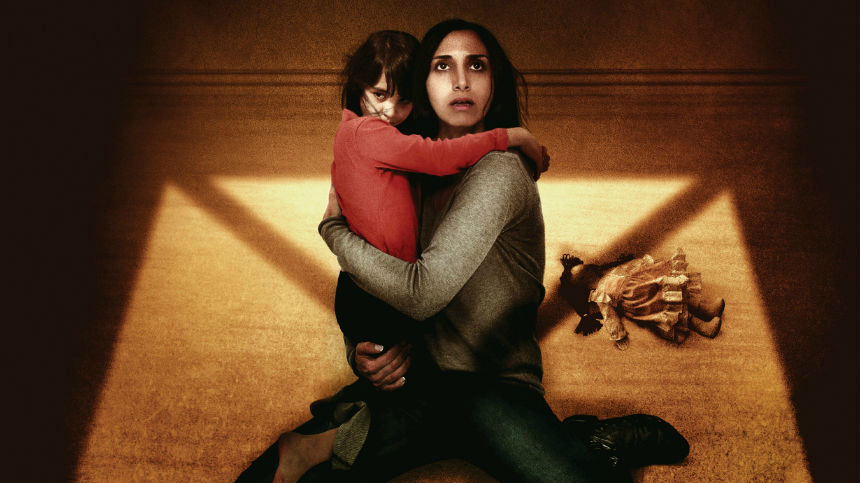
An international production with Iranian roots, Under The Shadow is a truly complex production, placed in an even more complex background: the Iranian – Iraqi war of the ‘80s. The story of a young medical student who must choose between motherhood, a career, and the safety of her own family, Under The Shadow blends several social themes commonly found in Islamic societies.
Just like The Babadook, the “shadow” of mental illness seems to follow our heroine at any corner and, since the movie is short on direct answers, as it leaves the viewers with more than a few good questions.
6. The Voices (2015)
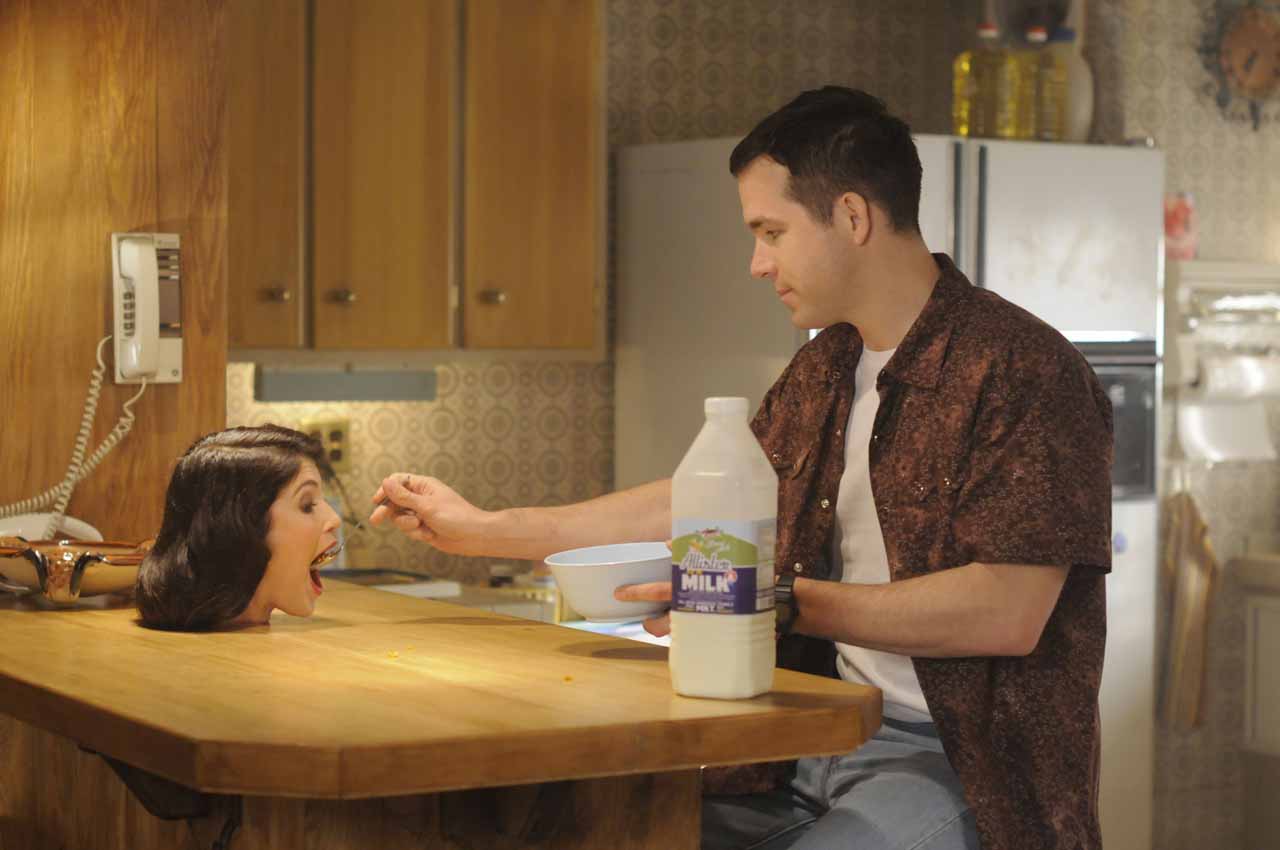
More black comedy than actual horror, this Ryan Reynolds recital is an often overlooked gem, directed by French-Iranian cartoonist Marjane Satrapi. The Voices follows the life of Jerry, your overly polite co-worker who is more than happy to comfort you in need, lend you a helping hand, and even fill in for you. All with the help of his psychiatrist, his talking dog, his cynical cat, and a sock puppet named Bunny Monkey.
Add in some Anna Kendrick, a dash of Gemma Arterton, and a color palette that would give Wes Anderson nightmares, and what you get is a movie where delusion and schizophrenia allow Ryan Reynolds to show us his range, an exercise he has since repeated in the Marvel-powered Deadpool.
7. Ava’s Possessions (2015)

The reason many demonic possession films have become cult classics is that they play upon the idea of surrender and being on the verge of losing control so many of us have experienced. In other words: they feel frightfully familiar. Jordan Galland’s movie takes a more direct approach, turning demonic possession into an explicit metaphor about addiction, depression, and the lust for power.
The movie also hints to the idea that some behaviors, often blamed on character flaws, may actually be inherited. Ava, a young girl who has just survived a demonic possession, is forced to face the consequences of her recent actions and even join a rehabilitation program for the recently exorcised. While the cinematography may not suite everyone’s taste, Ava’s Possessions is closer to psychotherapy than actual horror.
8. They Look Like People (2015)
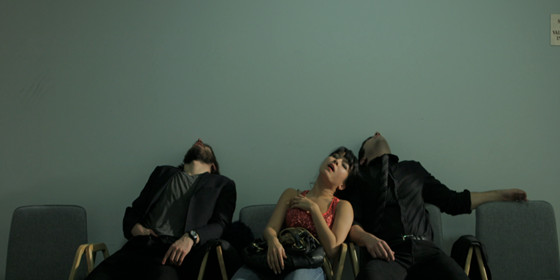
This indie flick has its flaws, most of them with regards to pacing and its festival aimed cinematography. However, They Look Like People does a couple of things right, one of them being the way it manages to capture the long lasting effects of depression and insecurity. Two old friends, Christian and Wyatt, reunite after what seems to be a traumatic period for both of them.
While Christian is trying to get over his recent disappointment with self-help materials and induced aggression, Wyatt seems to have fallen under the influence of his obsessions, convinced that the world is in peril. While their motivation might be similar, the two characters’ response to adversity is definitely worth a… look.
9. Emelie (2015)

Our horror film experience tells us that every time a babysitter enters a new home, there’s either something wrong with the newcomer, or something wrong with the house. Since it made the list, you can guess which of these approaches Michael Tellin went for.
Luckily for us, the director decided to give his titular character a personality, instead of just giving her a pretext. The side-talk about maturity and the influence a single adult can have on children is most welcome, but it’s really mental illness that does the trick for Emelie.
10. Anguish (2015)
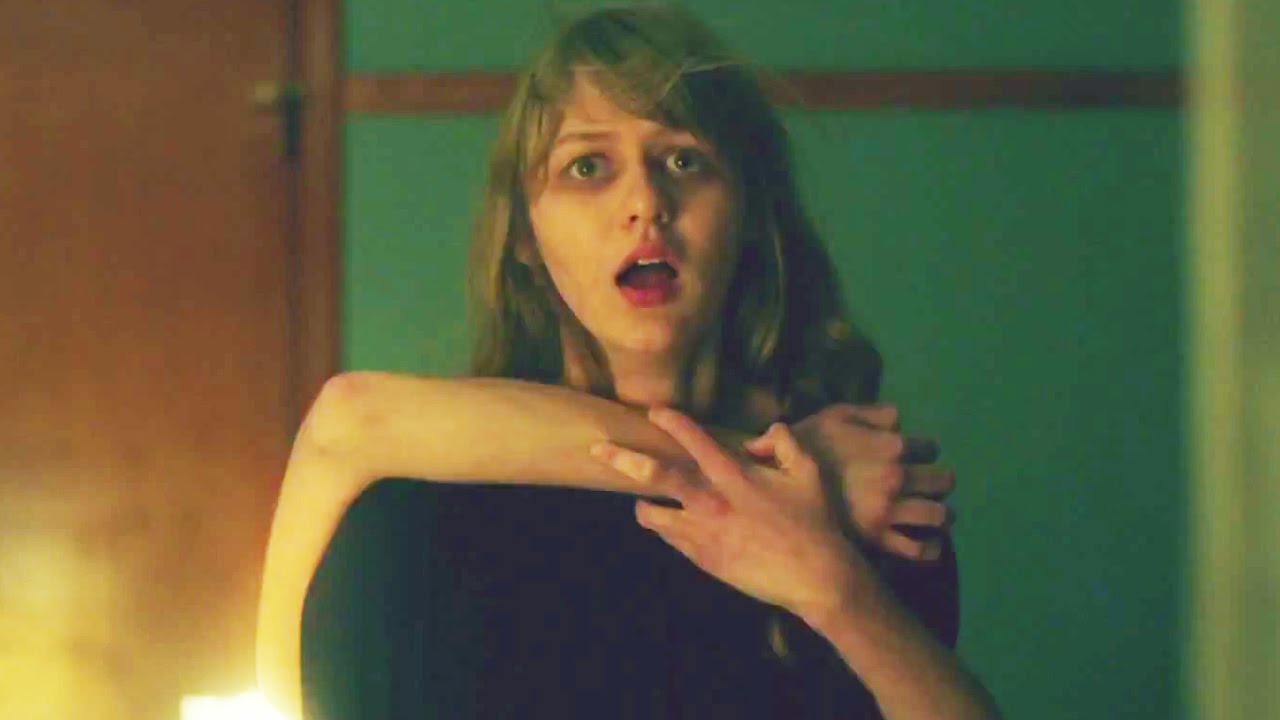
Lately, teen angst seems to be a favorite among indie film makers. Anguish is no exception. This slow burner brings themes such as the grief of dealing with loss and the long term effects of medication into question. Tess, a young girl who has just moved into a new house with her mother, begins to experience phenomena that would normally be attributed to her frail psyche.
However, as those around her soon discover, her behavior might also be related to the death of a similarly aged teenager. While it offers few genuine creeps, Anguish raises some good questions, especially if you’re a parent yourself.